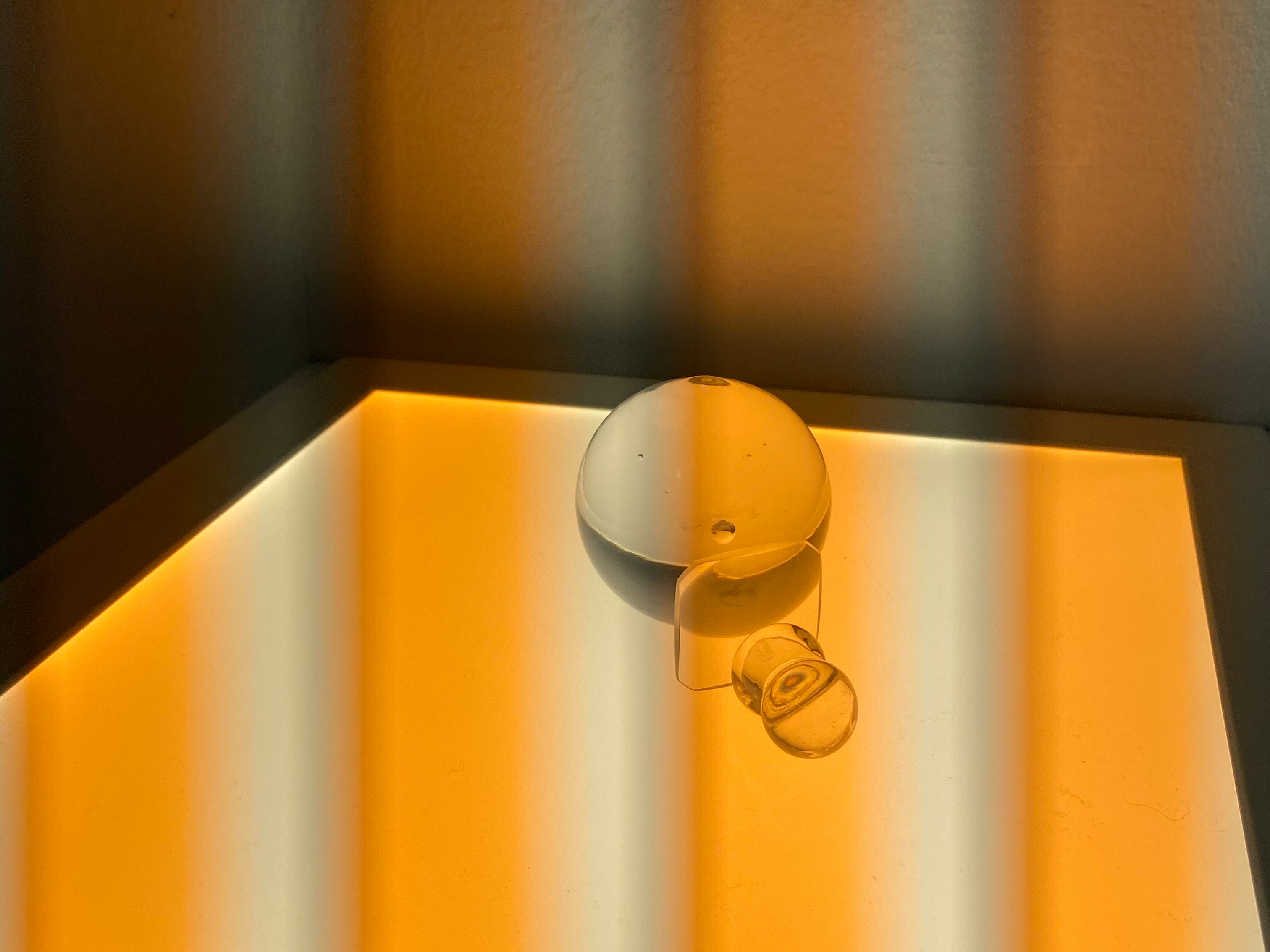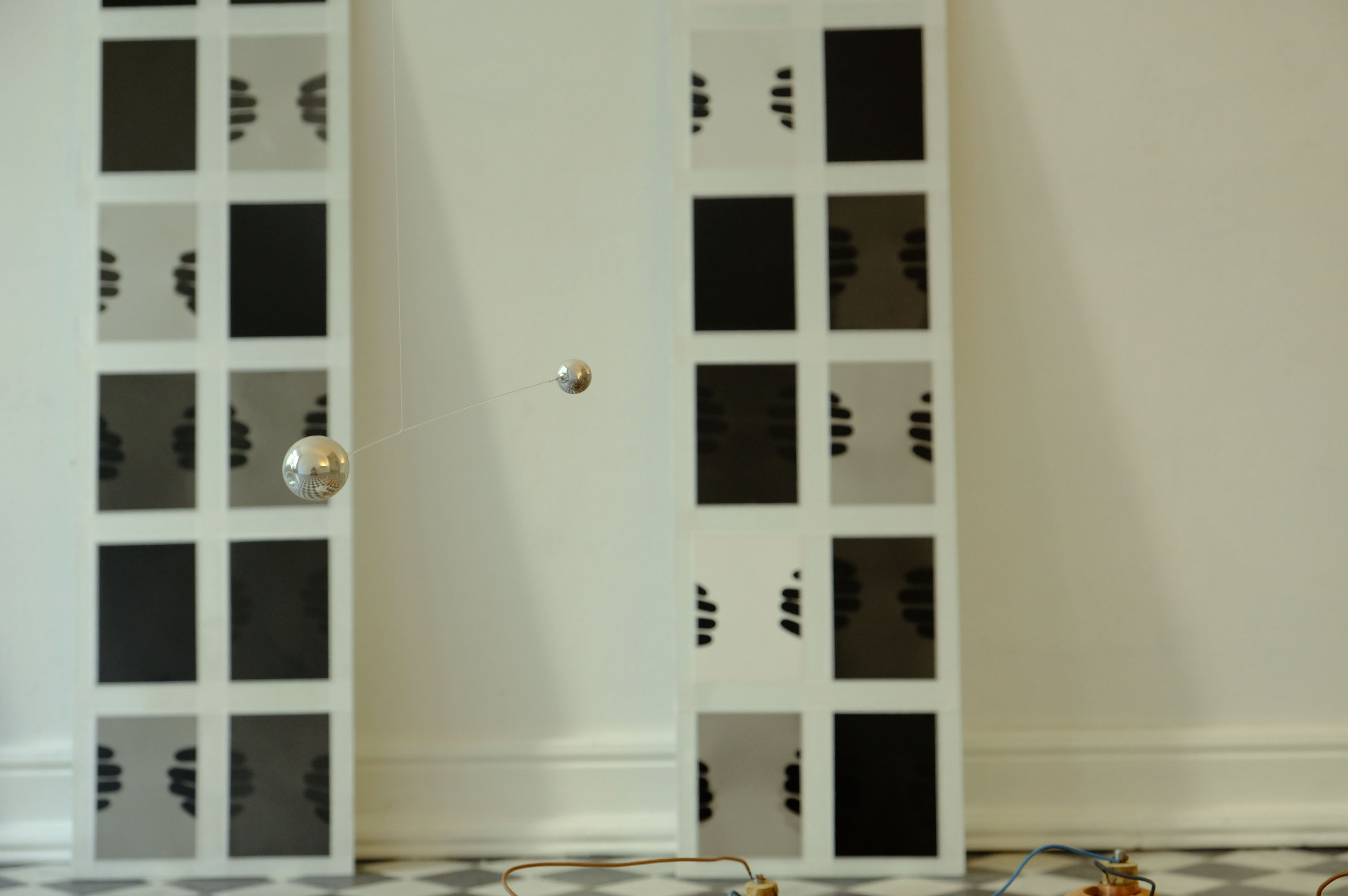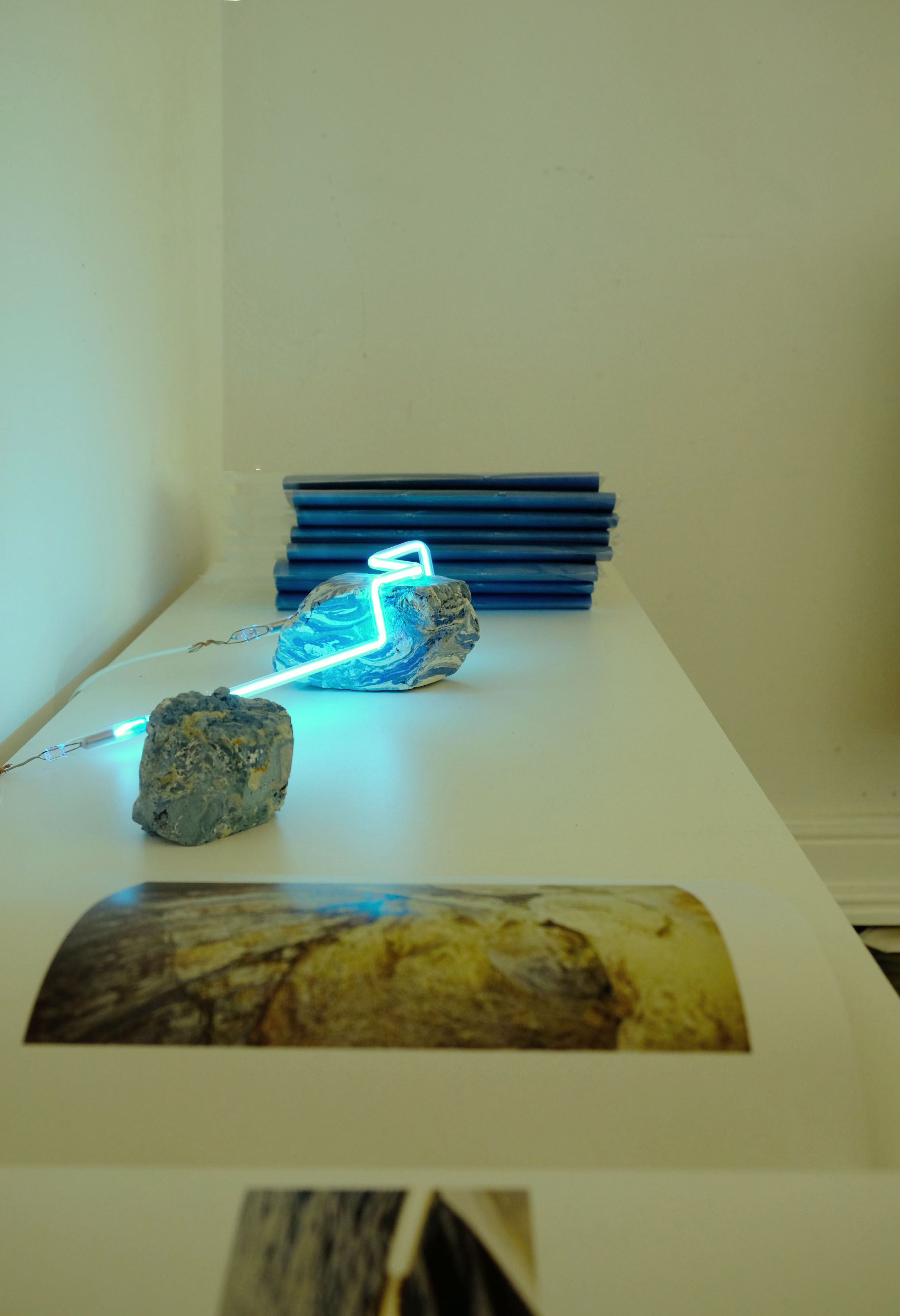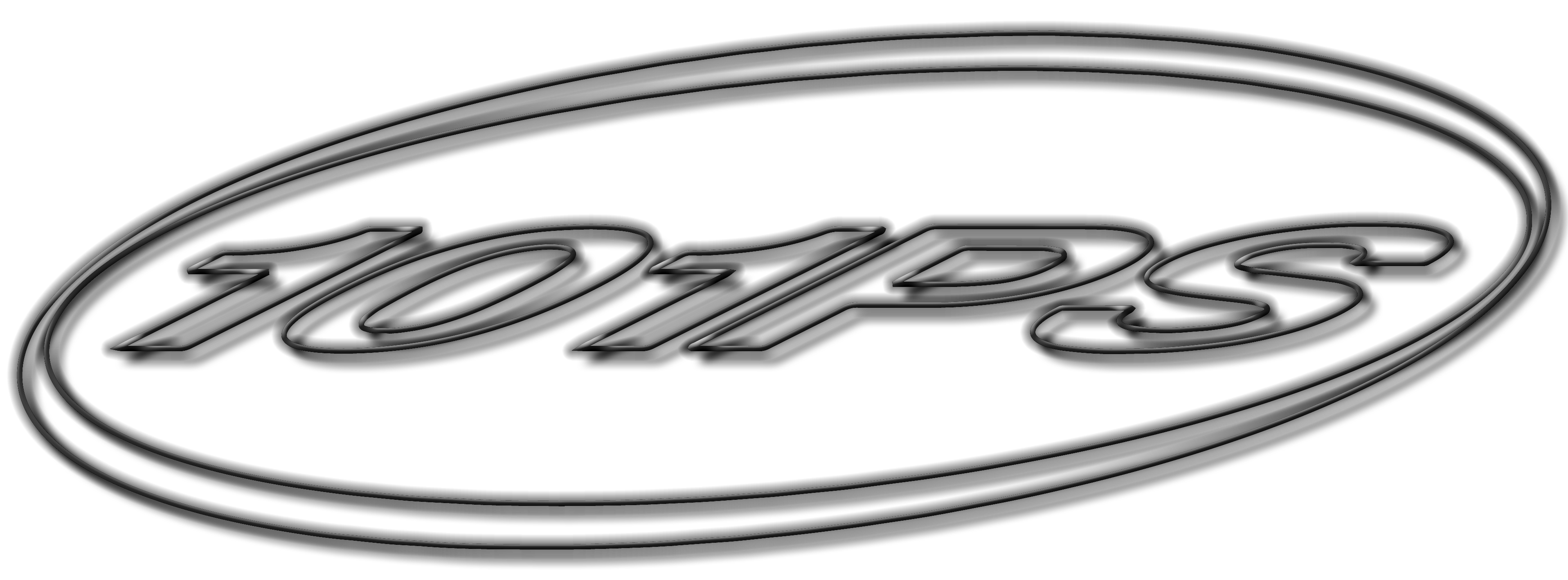SOMETHING COULD BE SAVED
In the exhibition ’Something could be saved', Anne Büscher deals with the physical properties of electricity in its natural form. To use energy as a material - means in this case to demand its own laws from electricity and to find an adequate form for its essence; from which new possibilities and new paths are constantly being derived. Electricity is a medium that is not visible on its own, but constantly surrounds us. It is universal, but is usually not perceived as material. The name electricity was taken from the Greek word for amber electron. As early in antiquity, it was discovered that amber, when rubbed against it (e.g. with a piece of leather), would exert a force on the body.
In a series of experimental set-ups the artist approaches the phenomenon, which has its cause in resting or moving electric charge. With the help of simple physical laws, the artist thus creates a trans-disciplinary connection between artistic and scientific research, with specially developed model constructions made of various materials such as glass, plaster, water, tourmaline, elderberry, sulphur and amber.
The installation series Demonstration devices for natural electricity thus explores its material side through various natural materials. In the experimental set-ups, Anne Büscher demonstrates phenomena that have their origin in static or moving electric charges. Each artistic experimental model or arrangement is developed by her to understand the origin of electricity and explore its properties and characteristics. The visitors* thus encounter various setups in the exhibition. One of these is the work The electric Kiss: inspired by an 18th century experiment in which electric charge was transferred to another body through a kiss.
A further experimental set-up was inspired by the discovery of the so-called Baghdad battery. The battery is a clay vessel found in 1936 during an excavation near Baghdad and may have already served as a battery in ancient Egypt for 2000 years. Reproductions of those batteries can be seen in the exhibition. The artist will use them to generate electricity for her experiments during the exhibition.
The work Moon light print revolves around the tactile aspects of photography, in which the outcome is not determined by a camera, but by the exposure of silver gelatine paper to natural moonlight. The ritual of looking at the moon lead to the idea to make photograms about the moon phases by capturing its intensity in different nights on light-sensitive photo paper.
On closer inspection the moon and the methods of photography have more in common than it appears at first glance: the element silver, assigned to the moon by alchemists is by far the most important starting material for the production of light-sensitive materials.
After developing the paper its silver ions stay in the used fixing solutions. Likewise to the cycle of the moon the silver first disappears and then grows back into a new object: In this installation Anne Büscher used a galvanic process to grow a silver point pencil with it. Silverpoint is a traditional drawing technique that she will use to write facts about the moon on the walls of the exhibition space.
︎︎︎ www.annebuscher.com
28.03.–09.05.2021
OPENING:
28.03.2021 12PM
RUNNING:
open by appointment
CLOSING:
09.05.2021
6PM
ADRESS:
101PS
Hartwichstraße 101
50733 Cologne







101PS
info@101ps.space
+49 174 694 343 1
Hartwichstraße 101
50733 Cologne
Germany
info@101ps.space
+49 174 694 343 1
Hartwichstraße 101
50733 Cologne
Germany
© 2020 101PS
